willyAirstream
Super Nomad
   
Posts: 1786
Registered: 1-1-2010
Member Is Offline
|
|
Mating season in Mulege
These guys like my bathroom. Always a shock in the morning.
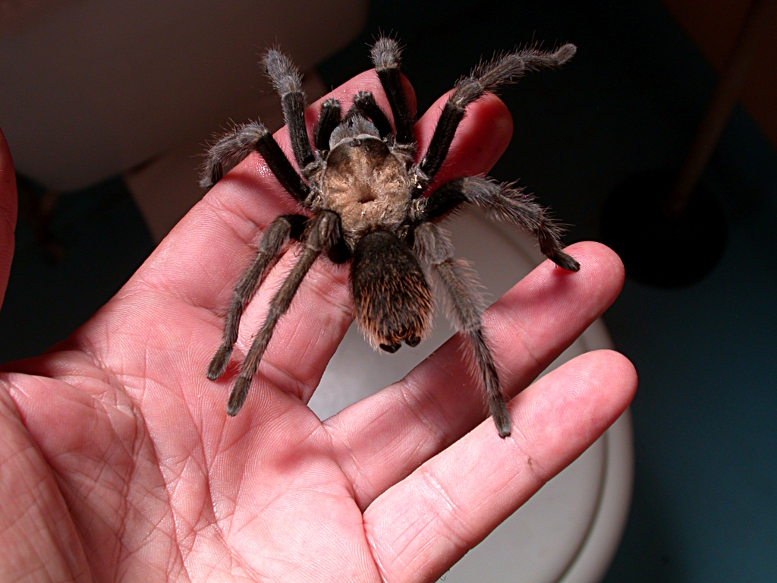
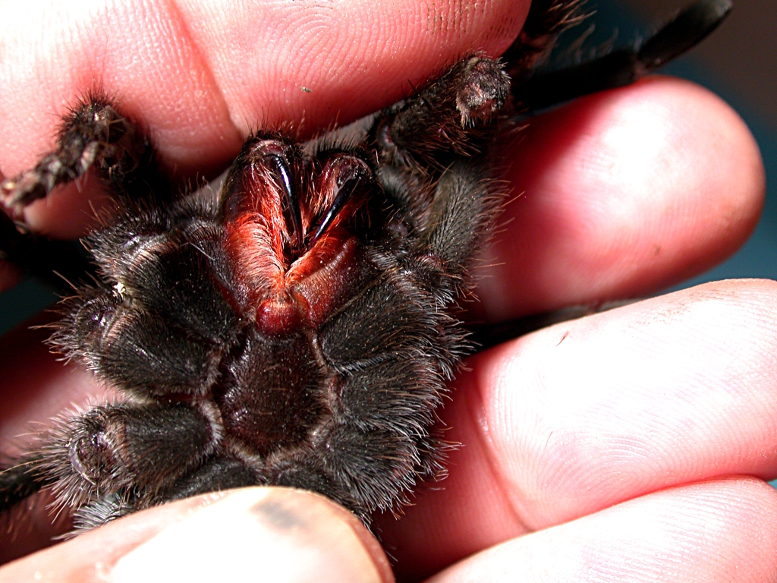
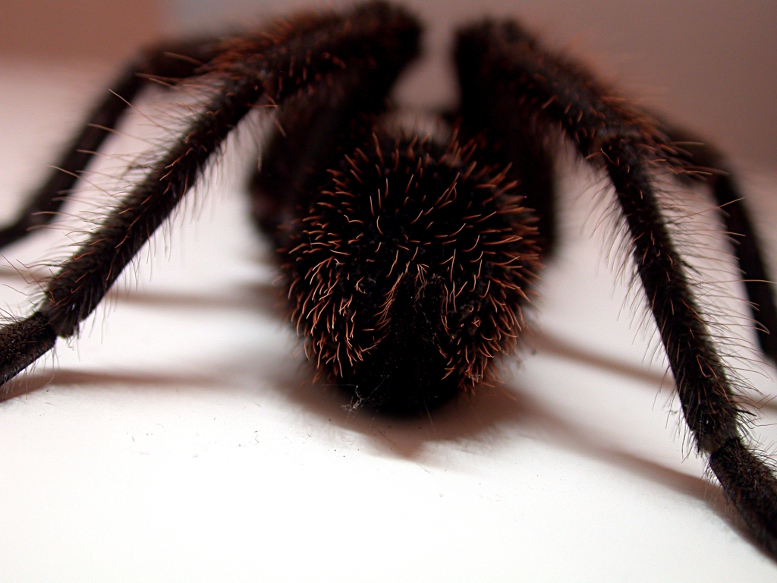
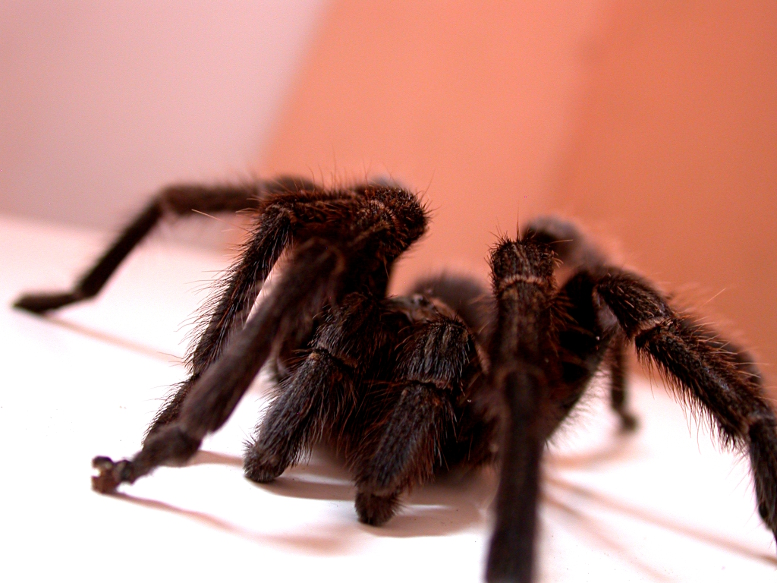
|
|
|
fandango
Senior Nomad
  
Posts: 549
Registered: 1-30-2006
Member Is Offline
|
|
Great photos!
Love the 2 tone legs in the first photo.
sbwontoo
|
|
|
Maron
Nomad
 
Posts: 458
Registered: 4-14-2014
Member Is Offline
|
|
Do they put the soiled TP in the trash can?
Nice photos
|
|
|
durrelllrobert
Elite Nomad
     
Posts: 7393
Registered: 11-22-2007
Location: Punta Banda BC
Member Is Offline
Mood: thriving in Baja
|
|
More pelicanos than trantulas in Mulege and they are mating too (always?)

Bob Durrell
|
|
|
willyAirstream
Super Nomad
   
Posts: 1786
Registered: 1-1-2010
Member Is Offline
|
|
When I first moved into my new place last Sept. there were alot of Tarantulas and my Mexicano vecinos told me the that Sept was the
mating season. They are on schedule this year too. The hill behind my place has many burrows, but they don't come out in the day time so are hard to
find.
from
http://www.ibtimes.com/tarantula-mating-season-california-br...
Tarantula mating season in California is here, and the spiders are certainly out looking for love. Egged on by the warm weather and pre-winter
sunshine, male tarantulas leave their underground burrows in search of females to make honest arthropods out of them.
"This weekend or next weekend is going to be the biggest spider movements of all,” Al Wolf, director of the Sonoma County Reptile Rescue, told CBS
News. “All the males will be looking for the girls, so it’s gonna be eight-legged love or spider romance.”
Most of the male tarantulas have spent the last five to 12 years of their lives in their dens, so you can imagine the sense of urgency they must feel
to locate a mate.
There are about 900 species of tarantula worldwide. The spiders inhabit parts of the southern U.S. and Mexico, Central America, South America,
sub-Saharan Africa and Southeast Asia. And they’re no small arachnid. According to National Geographic, some tarantulas have leg spans reaching 11
inches. The nocturnal predator’s main prey is insects, but bigger game like frogs and mice are also on the dinner menu.
During California’s tarantula mating season, there’s a delicate courtship taking place at ground level. After leaving its den, a male tarantula
approaches a female’s burrow and tastes the silk around the outside to see if a mature female lives there. According to CBS News, the male then raps
on the surface above the female’s burrow – the spider equivalent of throwing pebbles at a prom date’s window – to announce his arrival and that he’s
interested in getting to know her.
And he makes no ifs, ands or buts about his reason for being there, either. The Huffington Post reports that the male tarantula even has his sperm
hanging in a “sperm web” on the outside of his body.
The female tarantula might not answer her suitor at all, but if she does, she’ll welcome the male tarantula with open fangs. After insemination, the
male better make a run for it. Often, females, if feeling hungry, will overpower and chow down on their male callers.
After mating, the female will wrap both the eggs and the sperm in a cocoon and watch over it for six to nine weeks. Then she’ll become the proud
mother of 500 to 1,000 baby tarantulas.
If reading about the tarantula mating season in California makes your skin crawl, don’t fret too much. "They look ferocious, but surprisingly most
tarantulas, at least those in the United States, are pretty harmless,” Wolf told CBS News.
California residents are most likely to encounter the copulating arachnids on hiking and biking trails.
“If you are out for a walk or a drive on an early autumn evening and you happen to see a giant hairy spider making his way over the ground, don’t
react with fear,” eNature.com advises. “Just wish him the best of luck.”
The tarantulas’ mating season will run until the first few rains of winter come in.
|
|
|
Osprey
Ultra Nomad
    
Posts: 3694
Registered: 5-23-2004
Location: Baja Ca. Sur
Member Is Offline
|
|
I looove tarantulas. I tried to keep one as a pet one time and I wish now I could take back all that lethal loving care.
I had a spare aquarium so I added the little black and white pebbles, some tree branches, made a little cave for the critter.
They do drink water so I put a tiny bowl of water down for him. I added a little sugar to the water.
When I got home from work that day I discovered the sugar went to the bottom of the bowl, he walked in it, got the gooey stuff all over him, walked in
the pebbles; I shoulda left some show tunes on in the den because it was painfully obvious he Fred Astaired himself to death.
[Edited on 8-31-2015 by Osprey]
|
|
|
willyAirstream
Super Nomad
   
Posts: 1786
Registered: 1-1-2010
Member Is Offline
|
|
jajaja, yep all those legs must have tired him out. jajaja
|
|
|
MulegeAL
Nomad
 
Posts: 299
Registered: 8-25-2009
Location: PDX/Mulege
Member Is Offline
|
|
Came across this guy on the road from Bahia de Tortugas....
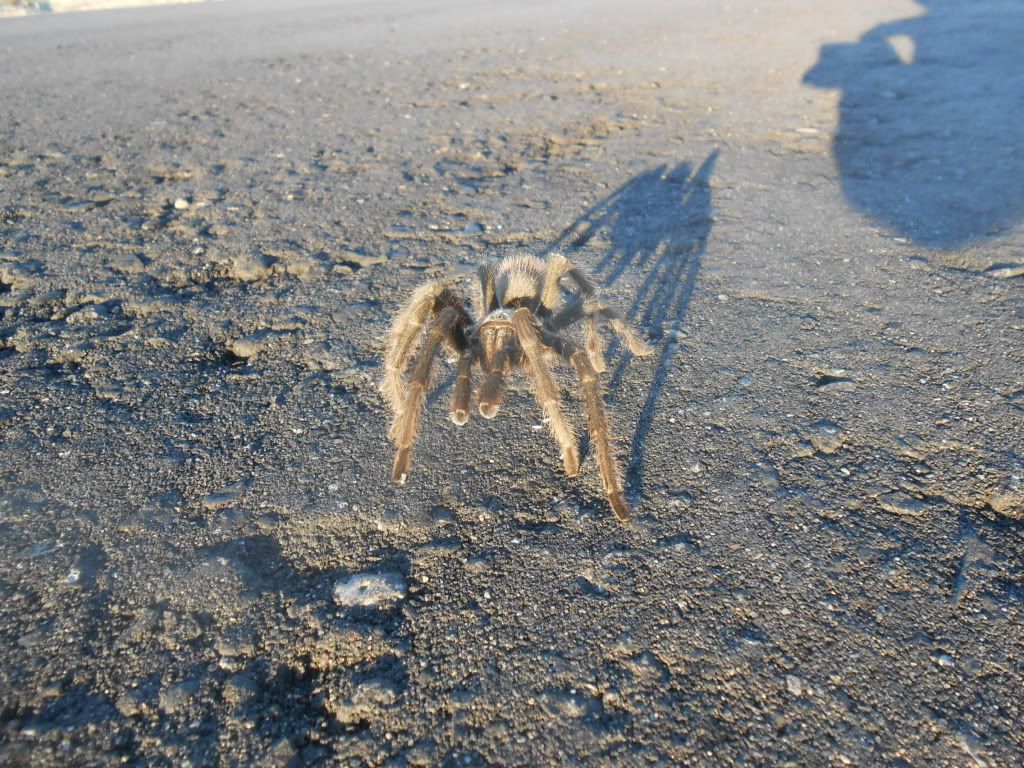
[Edited on 9-3-2015 by BajaNomad]
|
|
|
4Cata
Nomad
 
Posts: 115
Registered: 10-28-2008
Location: Yosemite area
Member Is Offline
Mood: Siempre alegre!
|
|
During my first year of teaching, I initiated the practice of inviting the students to bring their pet to the classroom to visit. My mettle was
indeed tested as one young third grader brought his pet tarantula, not in a cage or box, but casually atop his shoulders. He thought I should hold
out my arm so as to let his pet stroll up my arm. Gritting my teeth, I did and was rewarded by "Rusty's" stroking my neck and nestling down. The
class never forgot that and my position as the fearless teacher was established, to be reinforced occasionally by the visiting rat or snake, who found
safety in my apron pockets or under my collar. Rusty returned at the end of the year, encased in resin to be forever admired on my desktop. Note
to new teachers: get principal's permission first and have some sort of sign to post on classroom door to warn visitors of possible encounters or
surprises at teacher's unusual necklace or living brooch.
Agaveros, silk in a bottle, a beautiful bottle!
|
|
|
Tioloco
Ultra Nomad
    
Posts: 4873
Registered: 7-30-2014
Member Is Offline
|
|
Must say I Am a bit disappointed....
Topic looked interesting enough to fill the truck up and head south....
Then I read about the hairy spiders and now want to drive north!
|
|
|
captkw
Ultra Nomad
    
Posts: 3850
Registered: 10-19-2010
Location: el charro b.c.s.
Member Is Offline
Mood: new dog/missing the old 1
|
|
Spidys
East of Big Sur Ca is a magical place called Los Padres nat. forest/La Ventana...( Big Sur Aint S---T) with Yuca plants,fresh water eels,river
turtles,crawldads 3 types of fish and 50 foot holes for diving and swimming in WARM,CLEAR,CLEAN WATER,horny toad lizards and....Big Trantra's In the
lower area's,, that come out to mate in early oct. around 5/7/8 inches around and all over the road into arroyo Seco area..early morn and the late
afternoon...makes it a crazy drive to try and dodge Soo many of them...I'll try and get over there and take some pics soon.. Ive seen over a 100 in
one stretch....A wild place !! There,,You Get a Free inside tip !! BTW,,NO you will not find anything on the internet about this HUGE area !! not
near Santa Barba... Just The way we want to keep it.. K&T
[Edited on 9-3-2015 by captkw]
|
|
|
ncampion
Super Nomad
   
Posts: 1238
Registered: 4-15-2006
Location: Loreto
Member Is Offline
Mood: Retired and Loving it
|
|
I've seen a few of the Tarantulas in our yard in Loreto, but nothing unusual. What we have seen a lot of lately are the Tarantula Wasps. These are
mean looking flying creatures that reportedly have the most painful sting of any flying insect - although I can't vouch for that myself. They're
called Tarantula Wasps because of their unusual reproductive habit. Apparently they select a Tarantula immobilize it with their sting and lay an egg
on top of it. They then bury the whole thing and when the egg hatches, the little one feeds on the still alive Trantula until it goes into the larval
stage. Interesting. Anyone ever been stung by one of these things???
[img]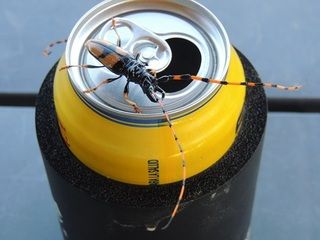 [/img] [/img]
[Edited on 9-4-2015 by ncampion]
Living Large in Loreto. Off-grid and happy.
|
|
|
tehag
Super Nomad
   
Posts: 1248
Registered: 1-8-2005
Member Is Offline
|
|
Tarantula hawk is the wasp's name.
The beetle pictured is a long-jawed longhorn beetle, which doesn't sting but might give you a nonvenomous pinch.
Certainty is the child of ignorance, knowledge is the mother of doubt. Question everything!
http://bcsbirds.com |
|
|
ncampion
Super Nomad
   
Posts: 1238
Registered: 4-15-2006
Location: Loreto
Member Is Offline
Mood: Retired and Loving it
|
|
Ahhhh....... Thanks for the clarification. I have seen the Tarantula hawks around also, but the beetles in my picture are all over the place right
now. They love the oranges my wife puts out for the Orioles.
[Edited on 9-4-2015 by ncampion]
Living Large in Loreto. Off-grid and happy.
|
|
|
basautter
Senior Nomad
  
Posts: 862
Registered: 7-1-2013
Member Is Offline
|
|
Yikes!!
|
|
|
vandenberg
Elite Nomad
     
Posts: 5118
Registered: 6-21-2005
Location: Nopolo
Member Is Offline
Mood: mellow
|
|
Harmless creatures if you leave them alone.
|
|
|
sargentodiaz
Nomad
 
Posts: 259
Registered: 2-20-2013
Location: Las Vegas, NV
Member Is Offline
|
|
Just remember, at one time, these cute little creatures used to be the main entree for the California Indians.
Yum yum. Uncooked yet.
|
|
|
Cliffy
Senior Nomad
  
Posts: 994
Registered: 12-19-2013
Member Is Offline
|
|
All protein!
|
|
|
BajaBlanca
Select Nomad
      
Posts: 13241
Registered: 10-28-2008
Location: La Bocana, BCS
Member Is Offline
|
|
the tarantulas were eaten?
news to me and I'll pass, thanks.
|
|
|
willyAirstream
Super Nomad
   
Posts: 1786
Registered: 1-1-2010
Member Is Offline
|
|
Surprisingly, there are a ton of recipes on google. Still a treat in some countries, but I will pass also.
|
|
|

